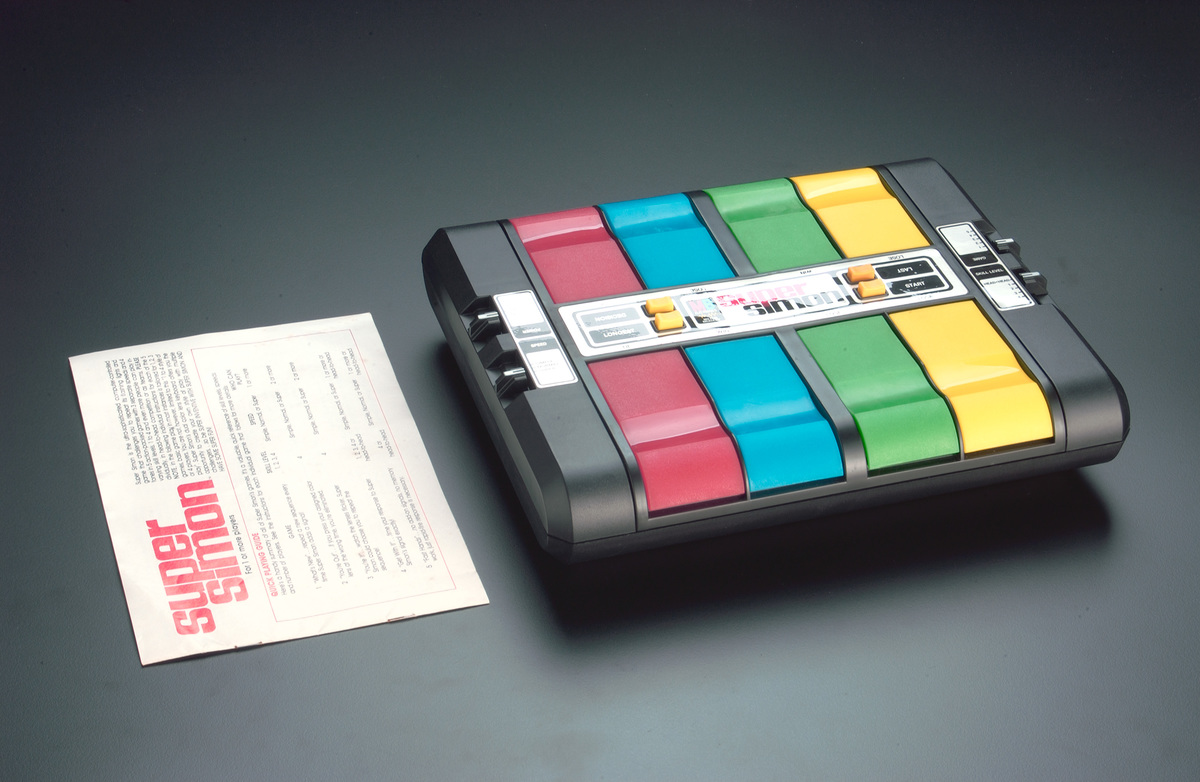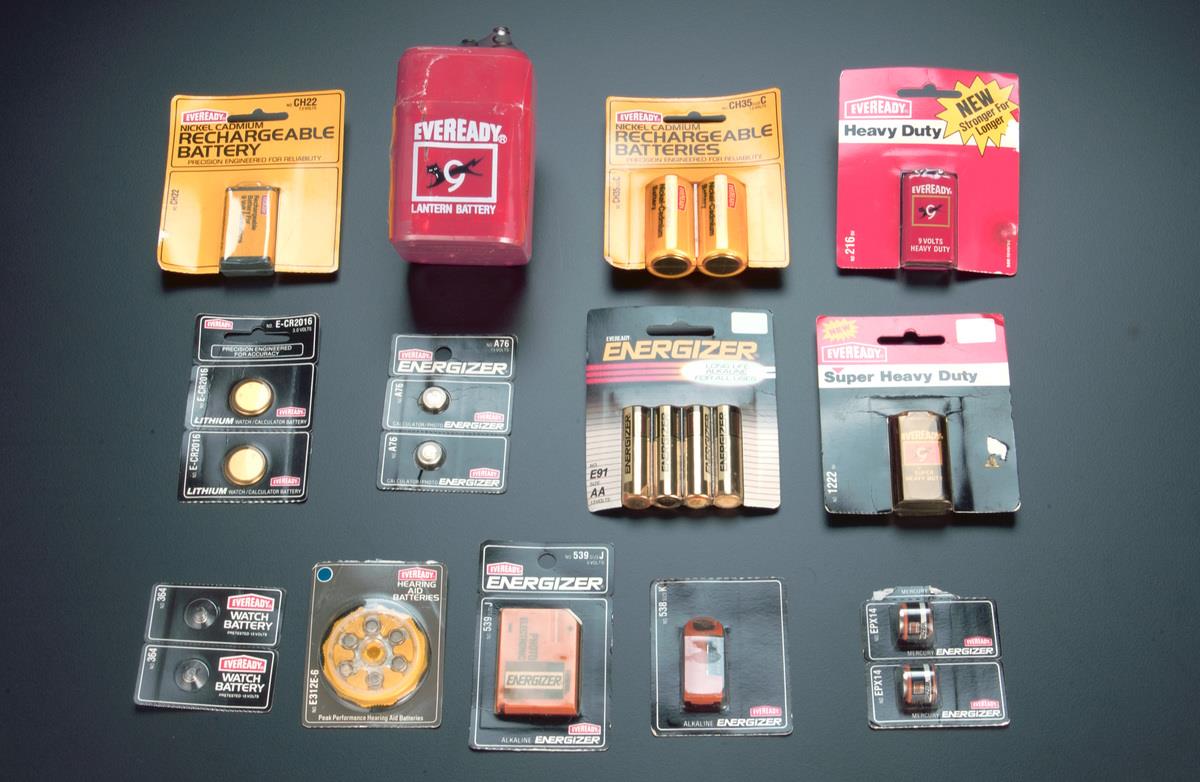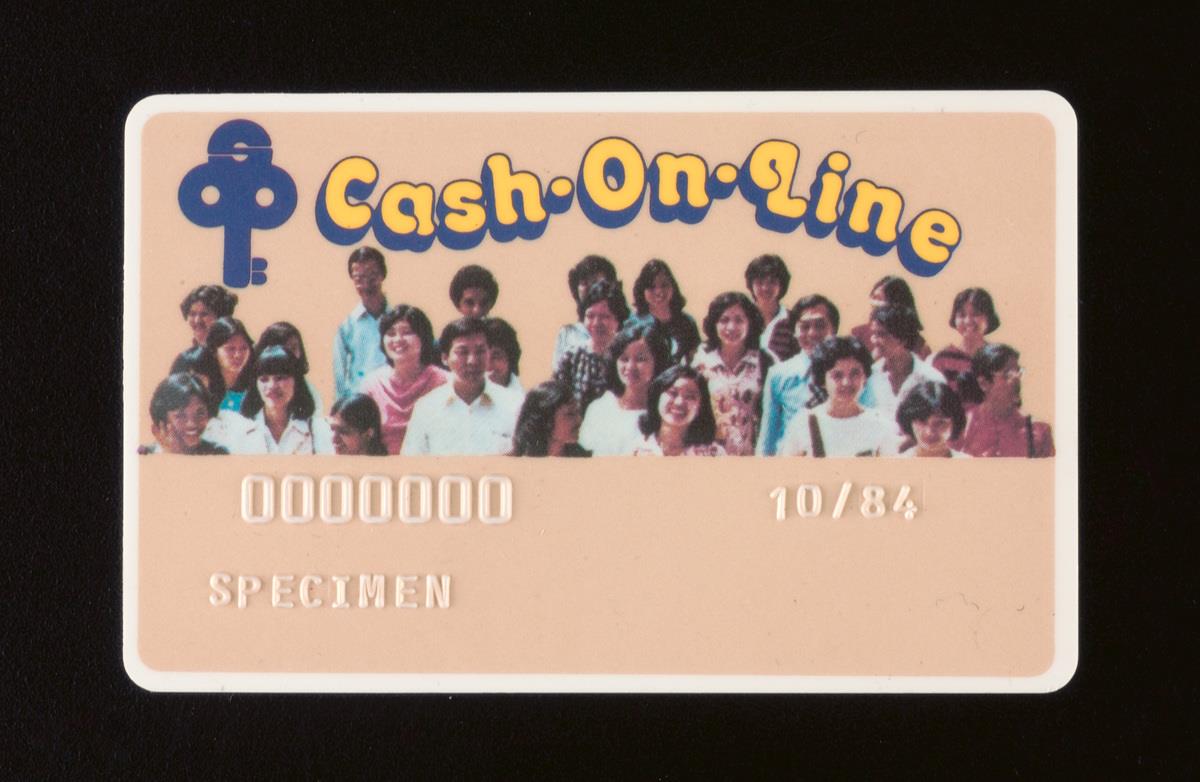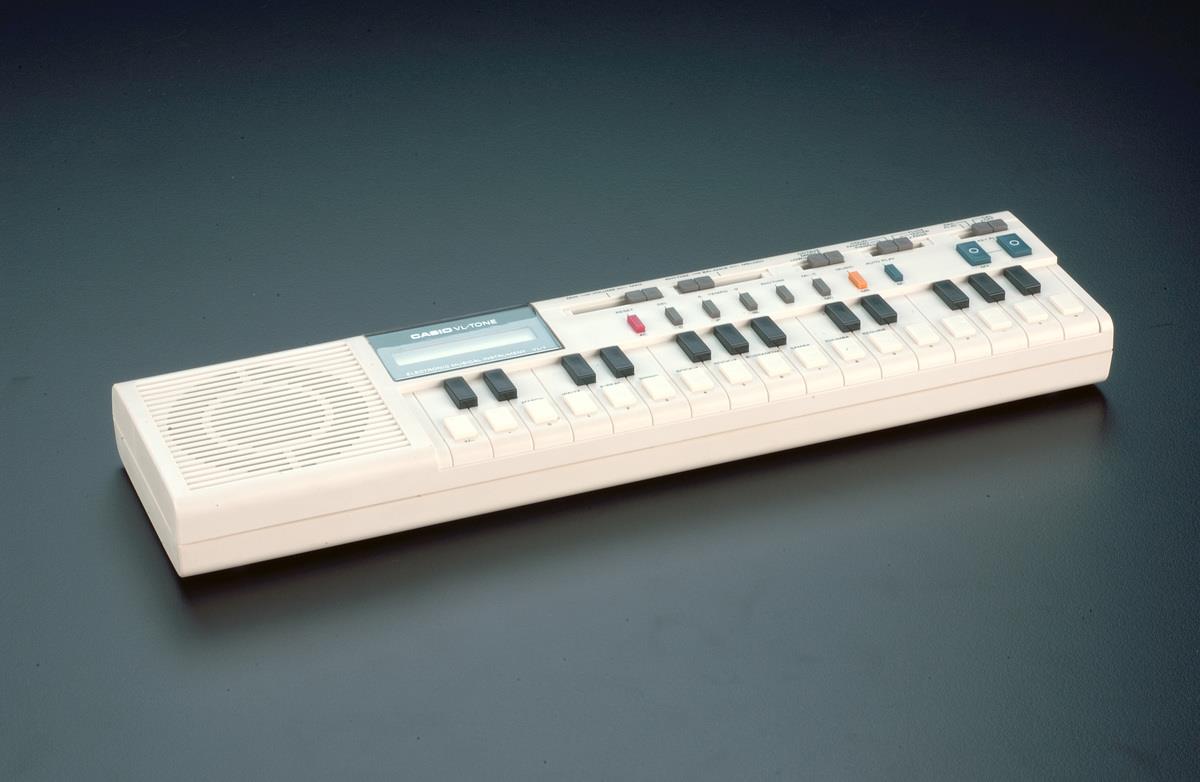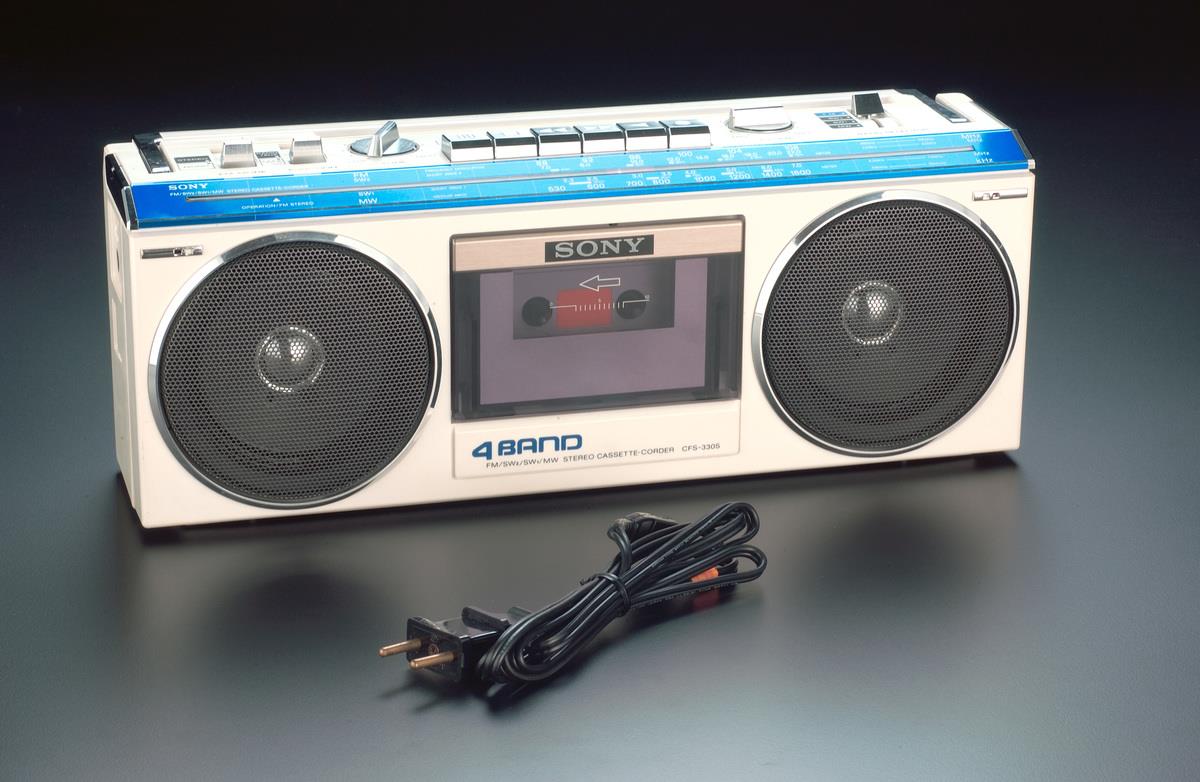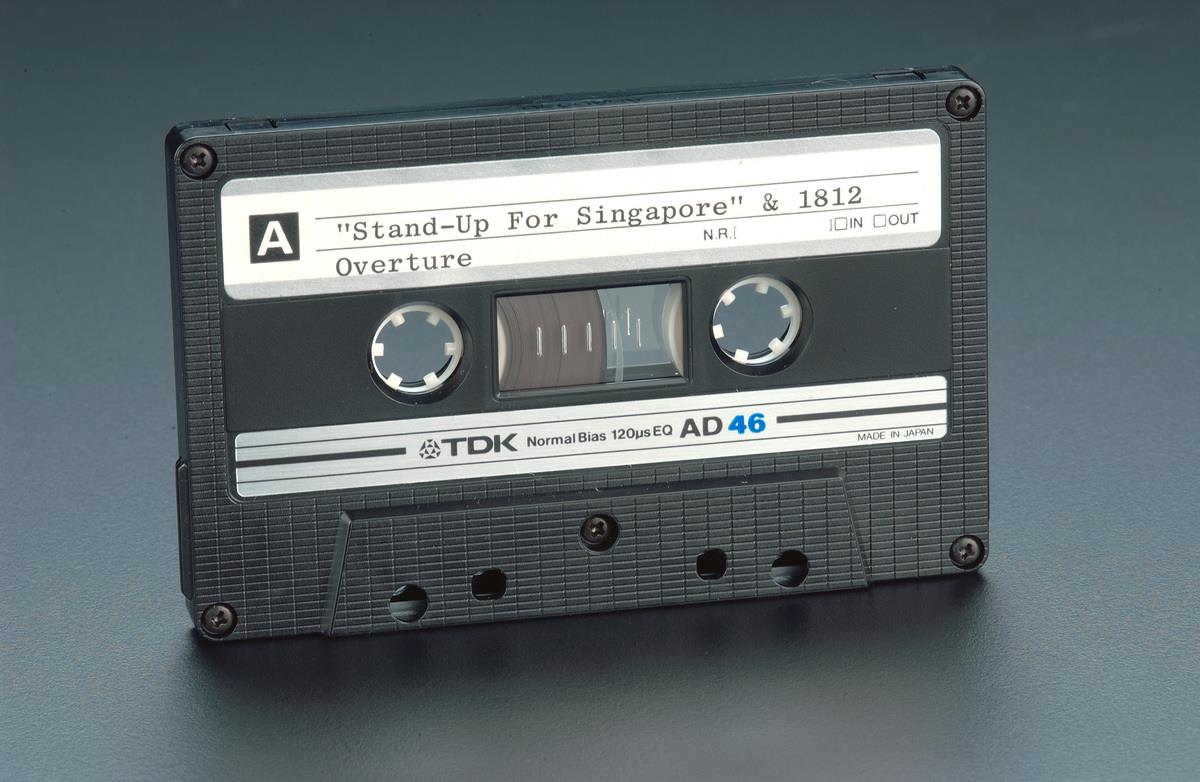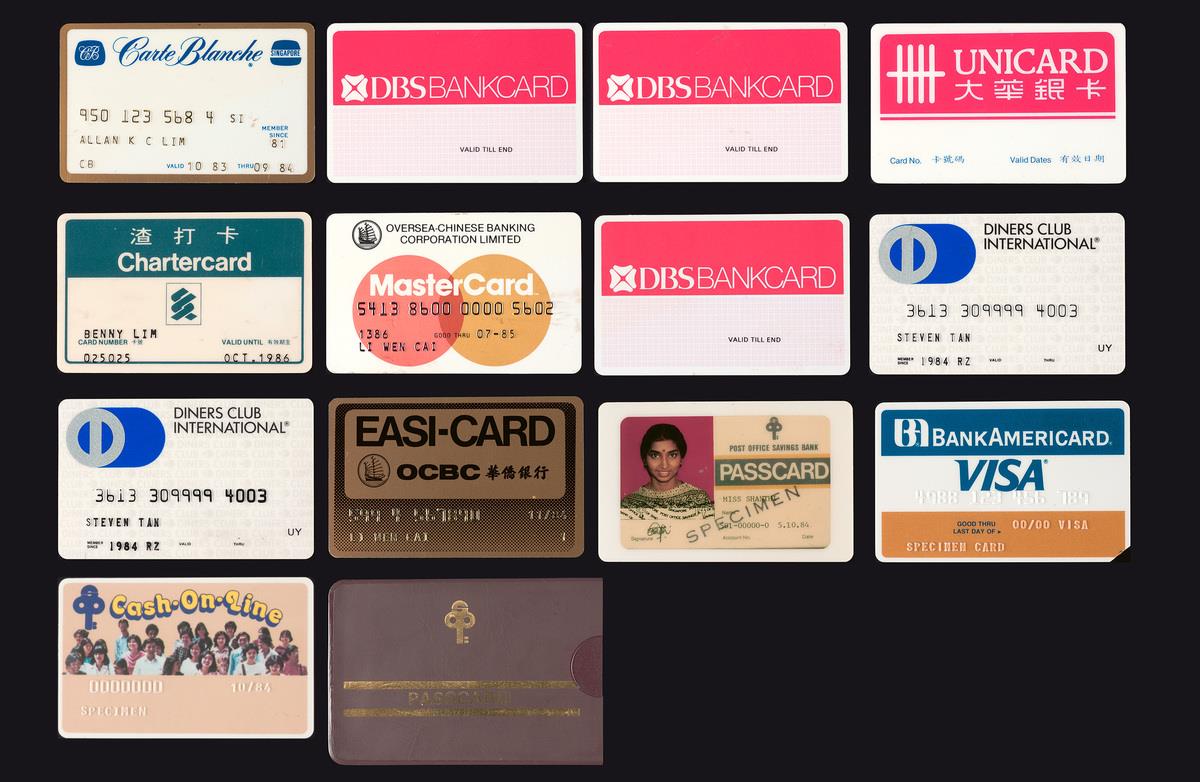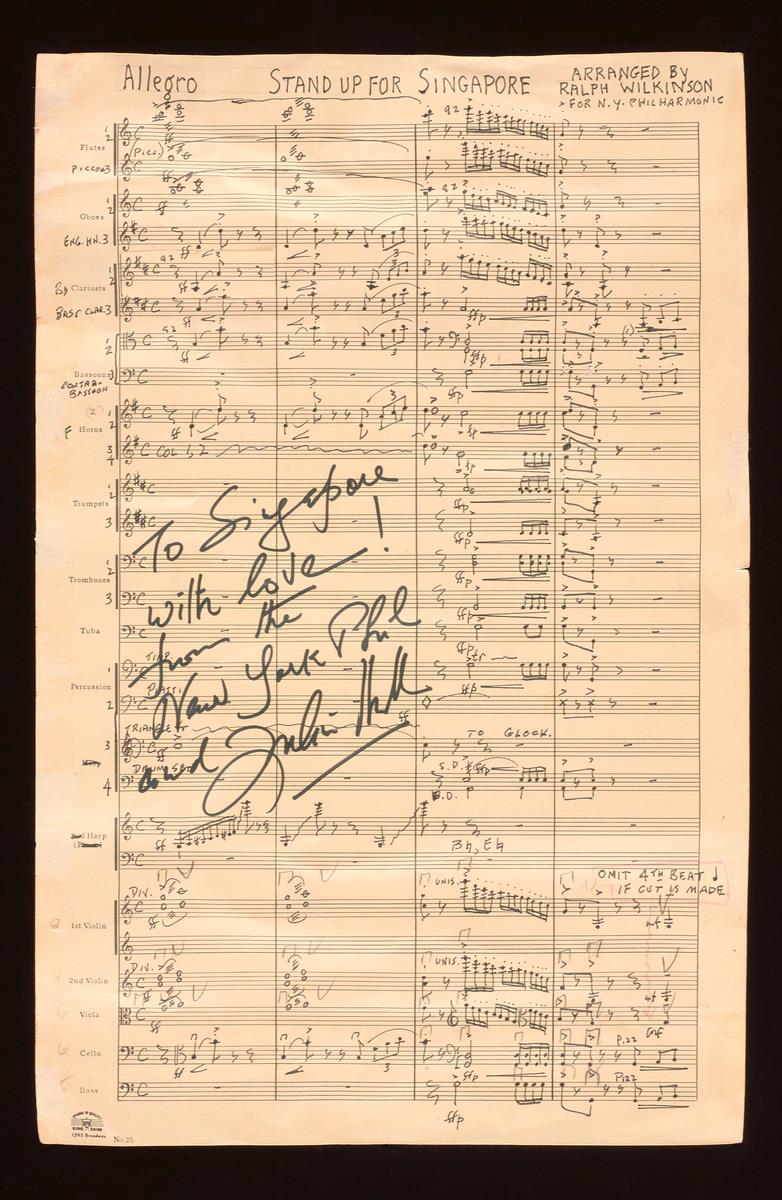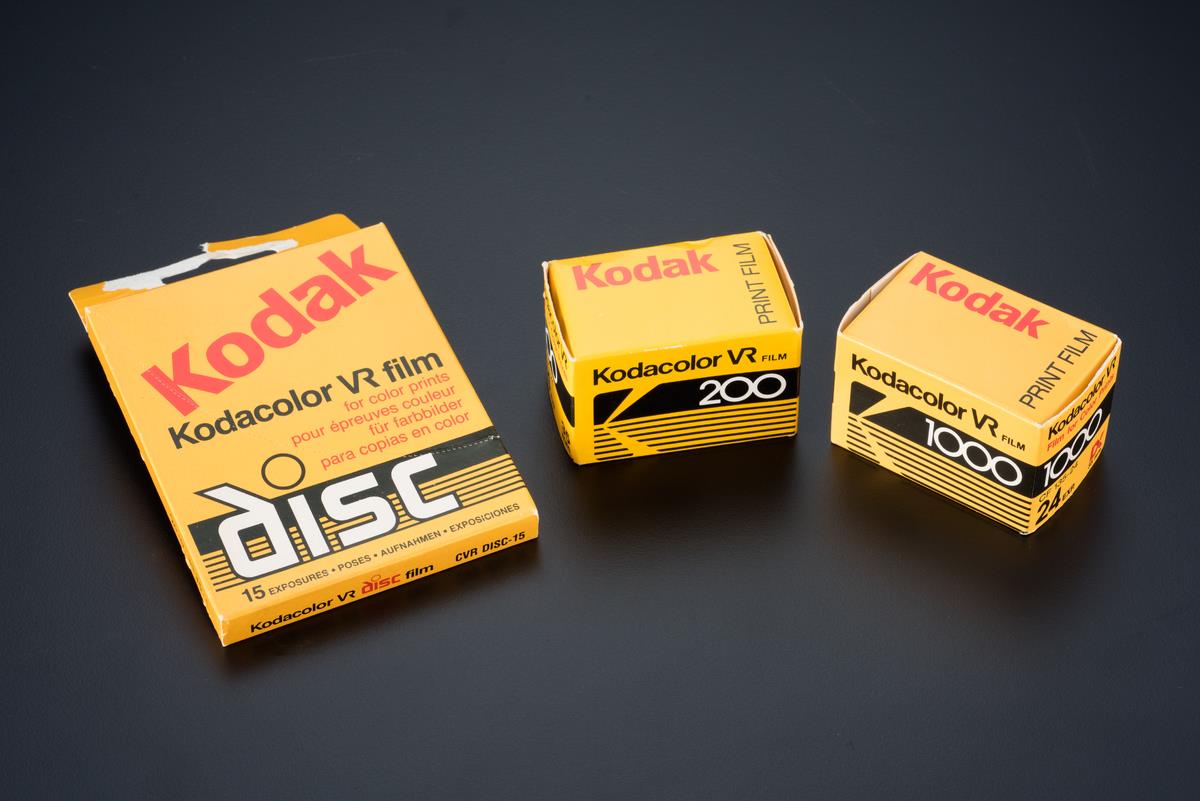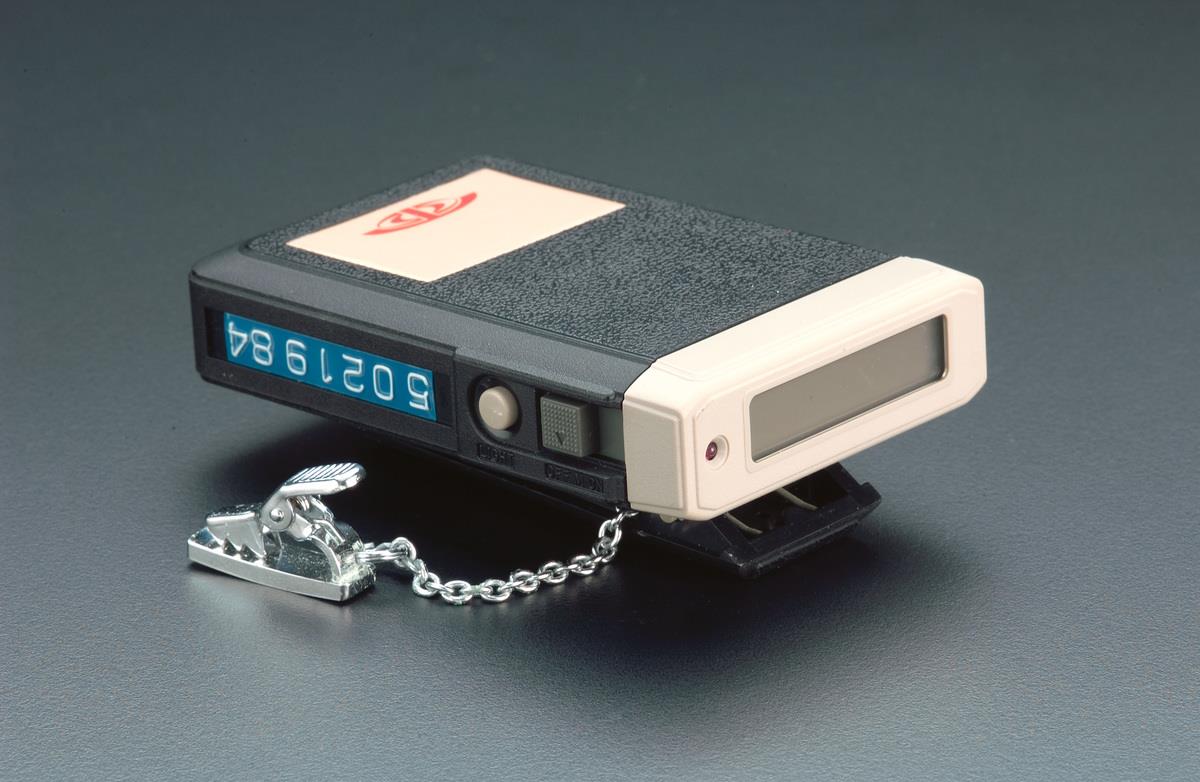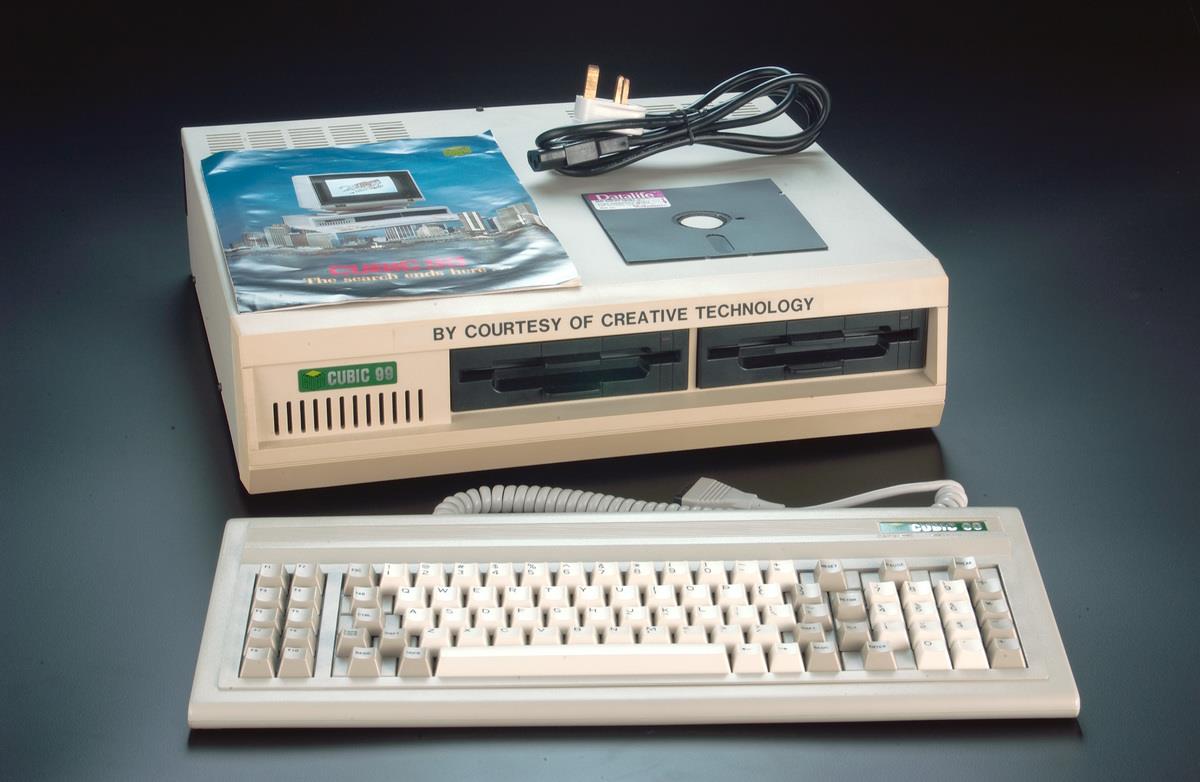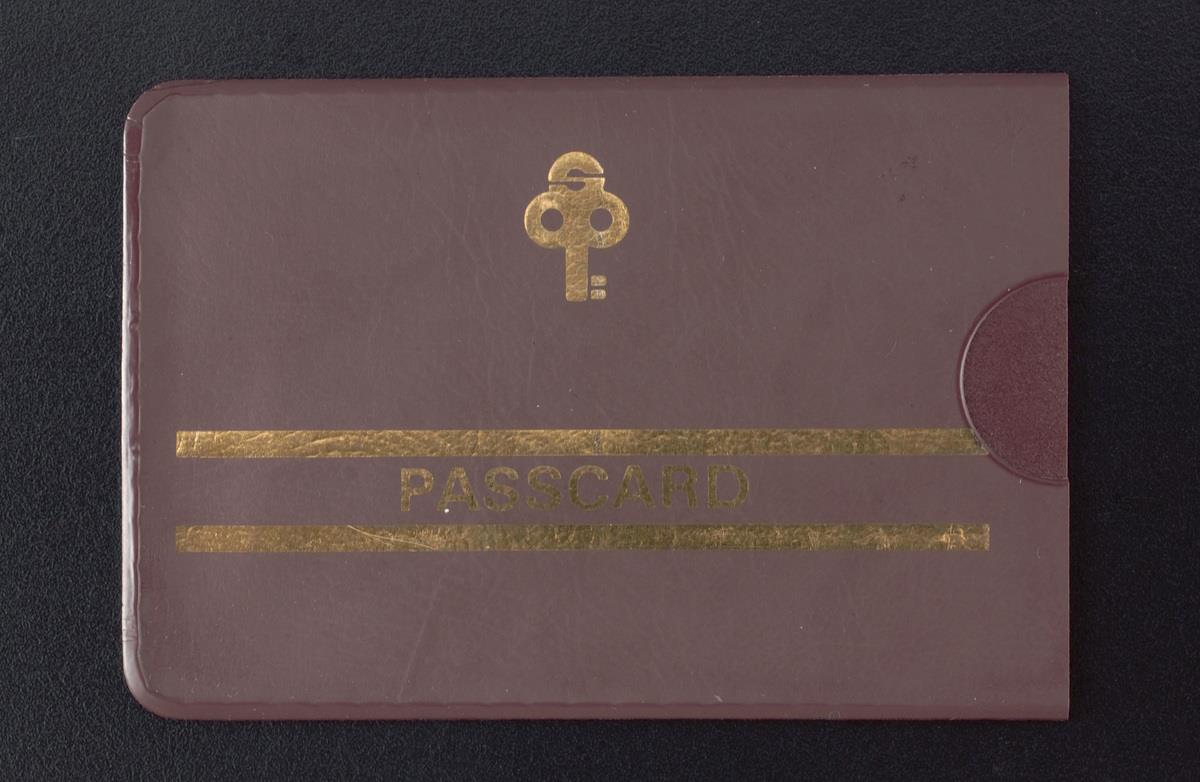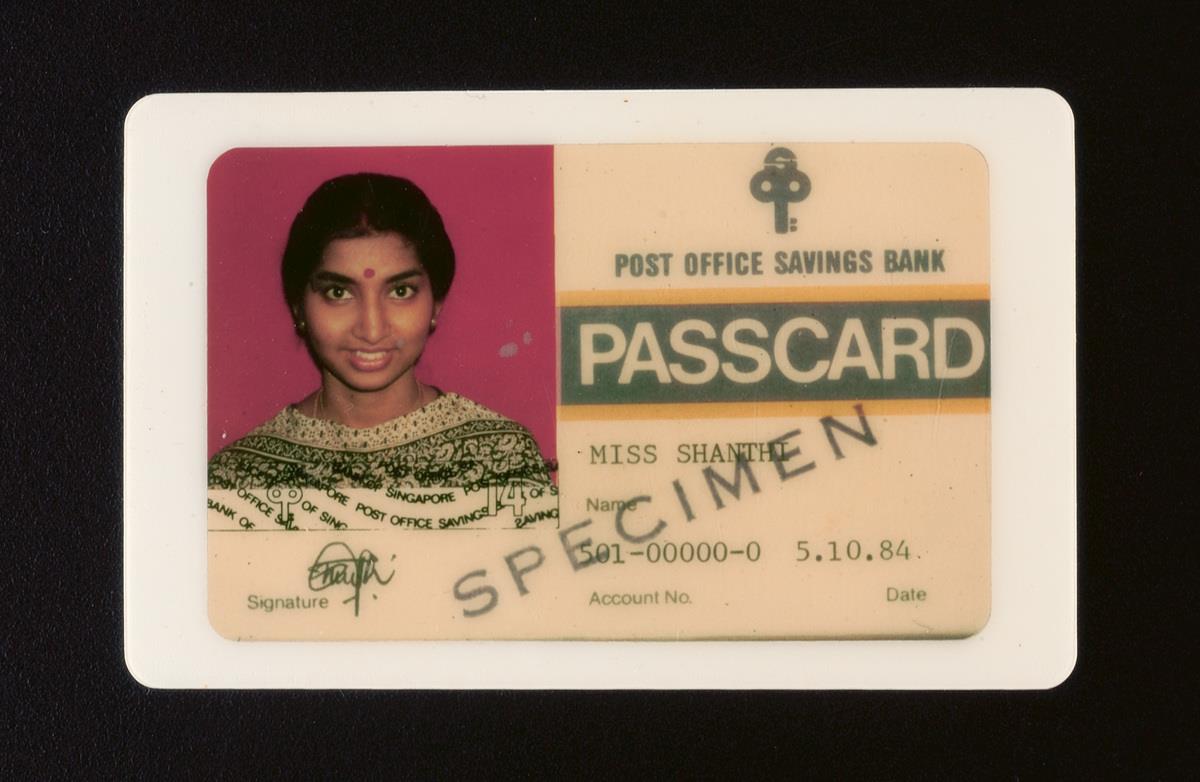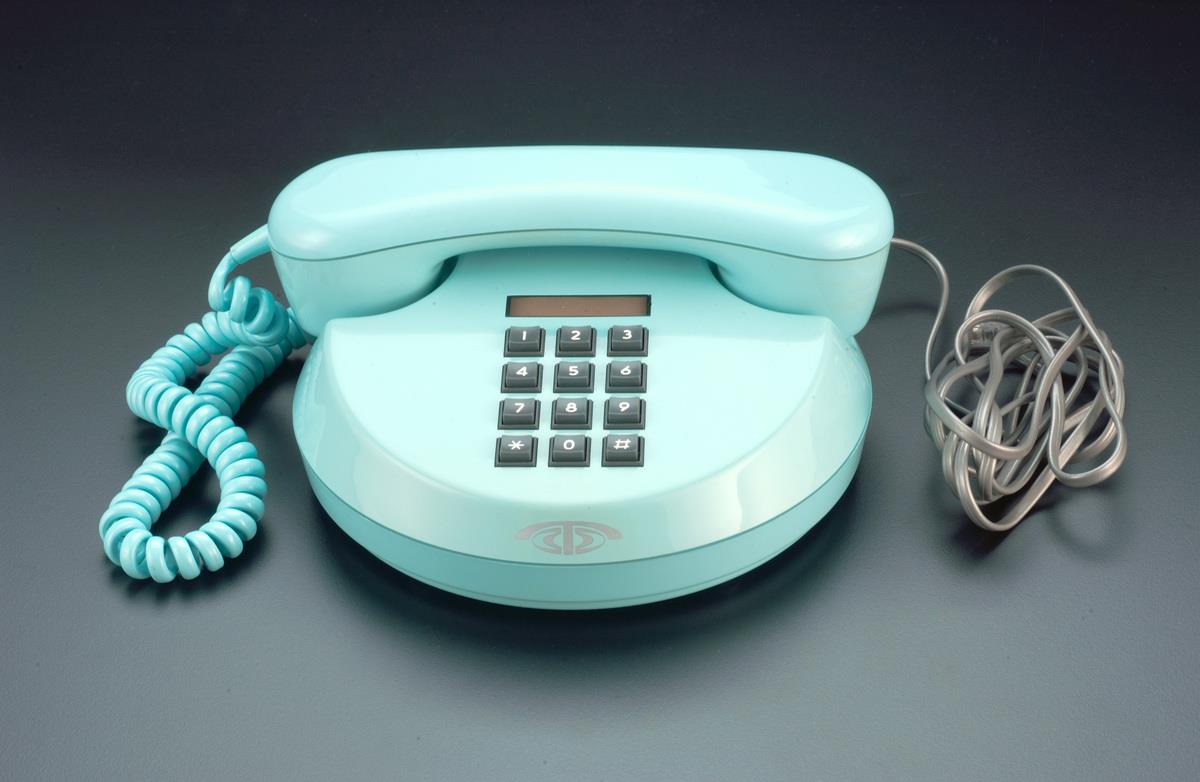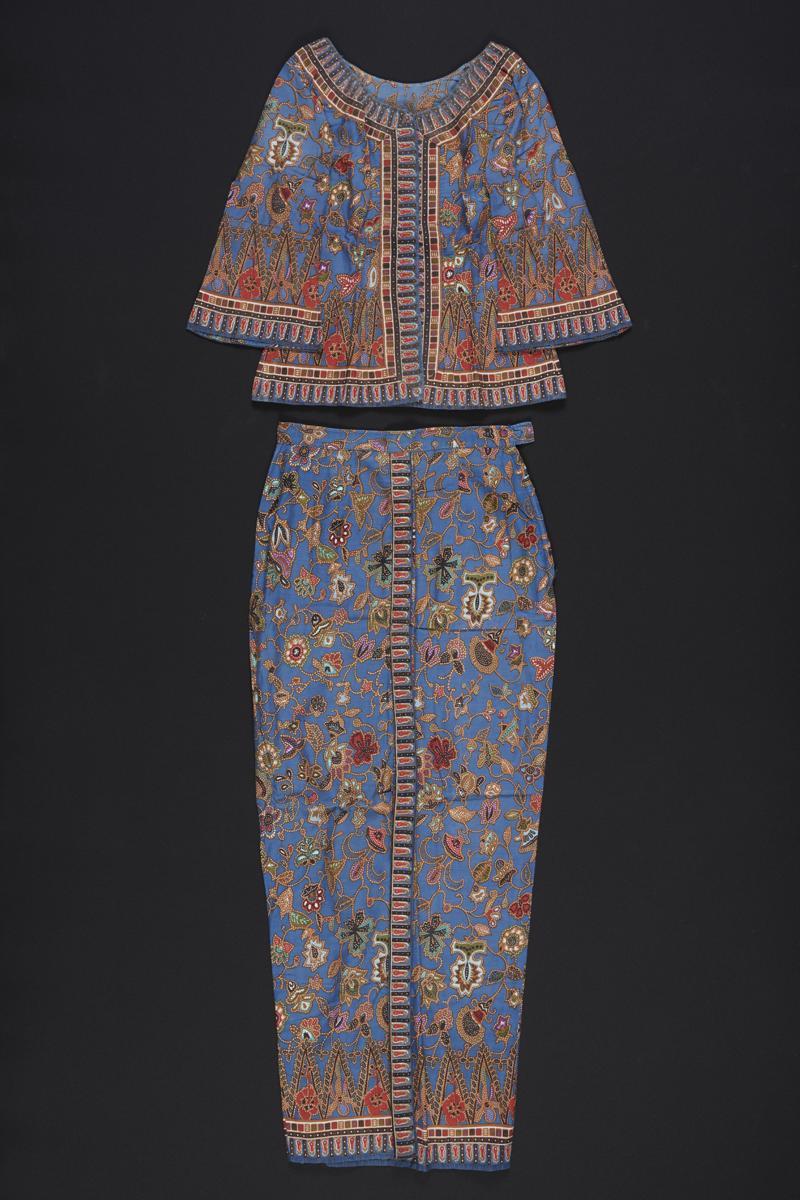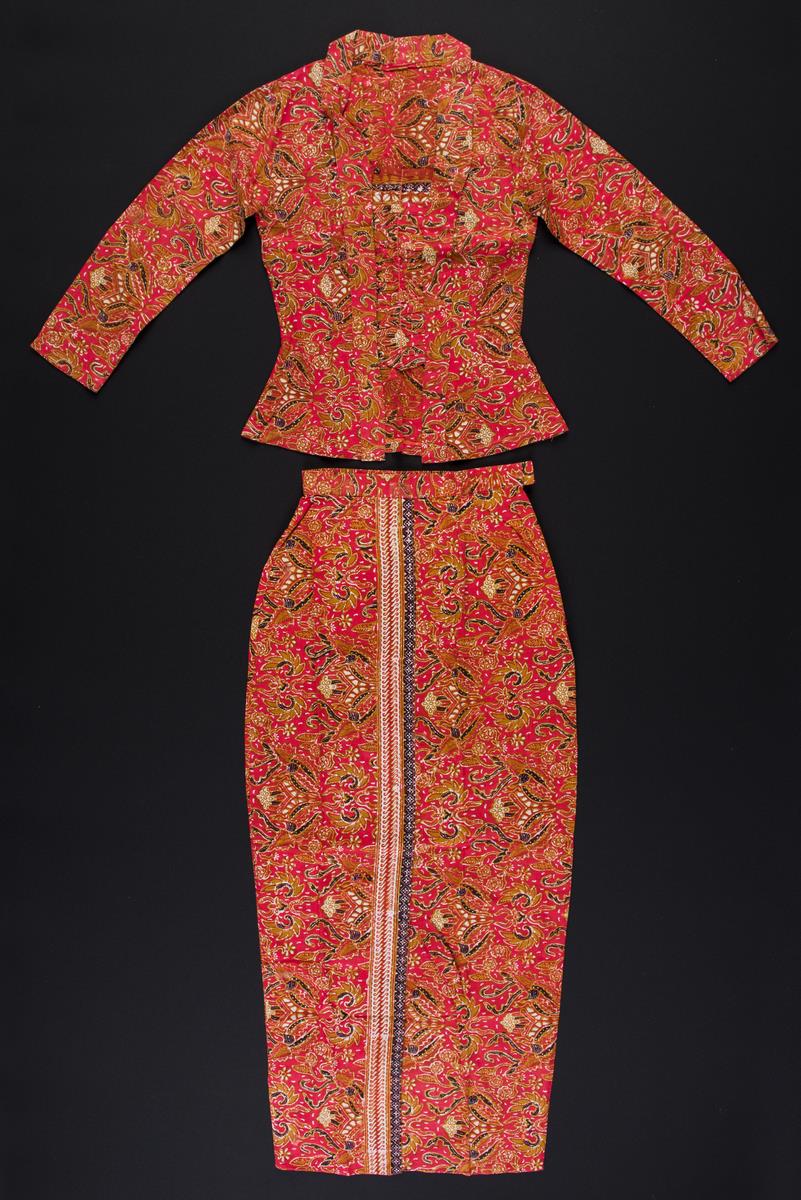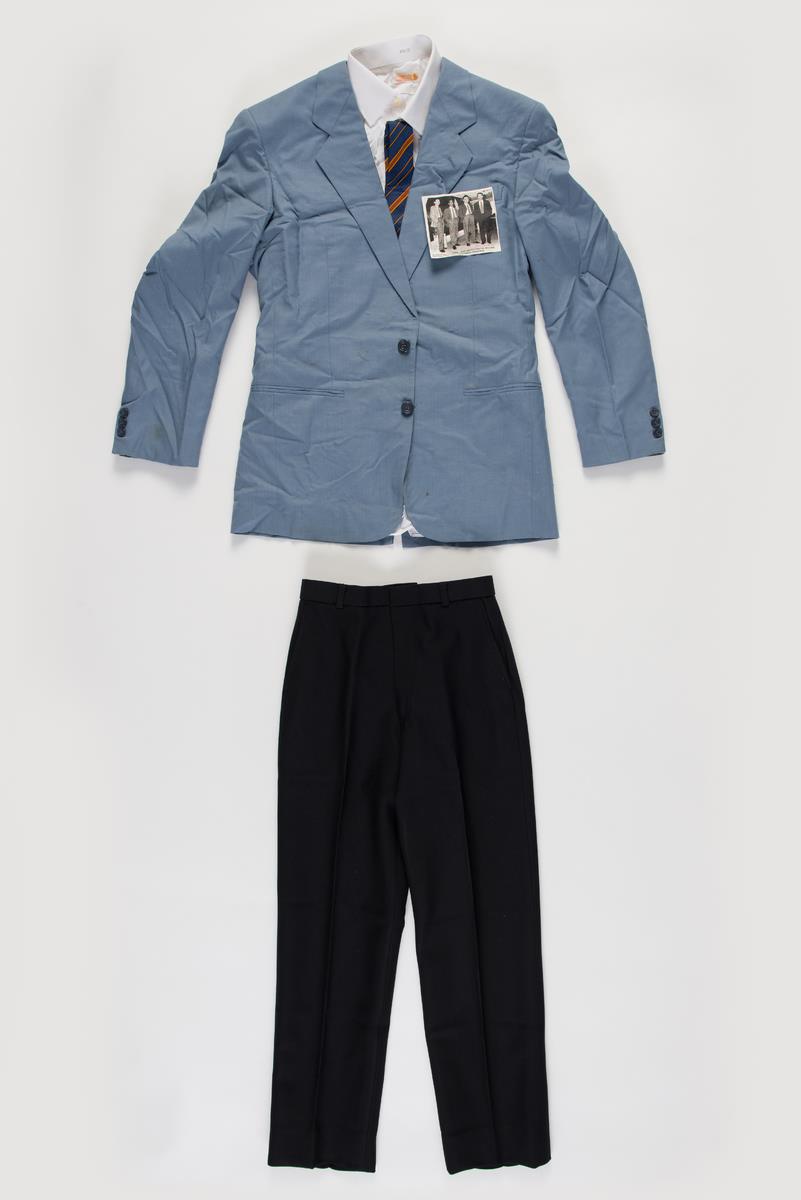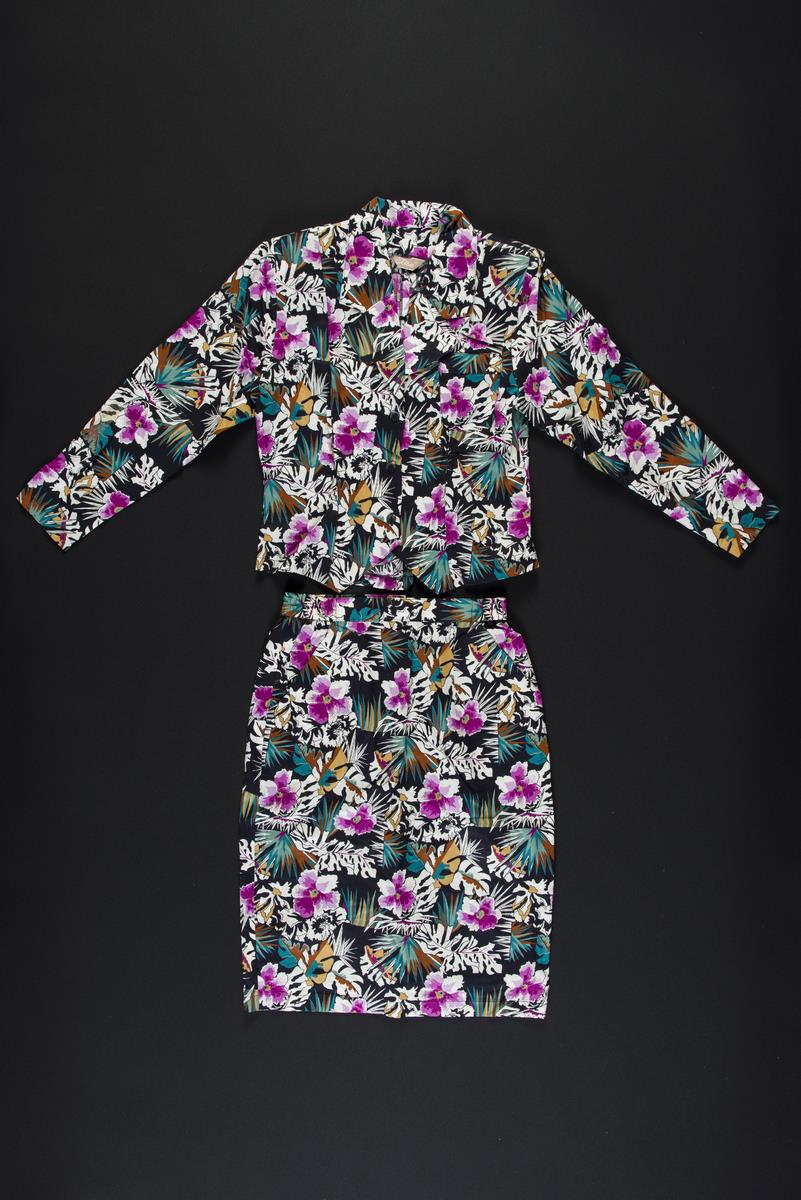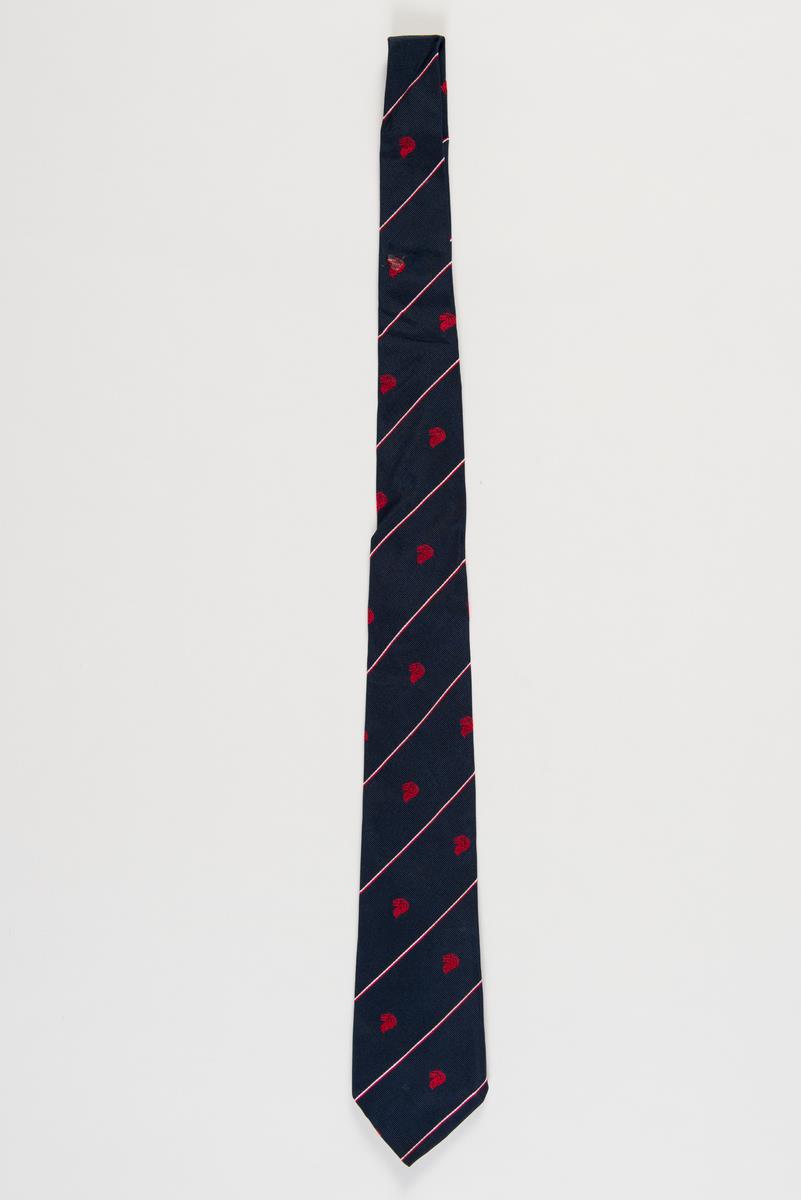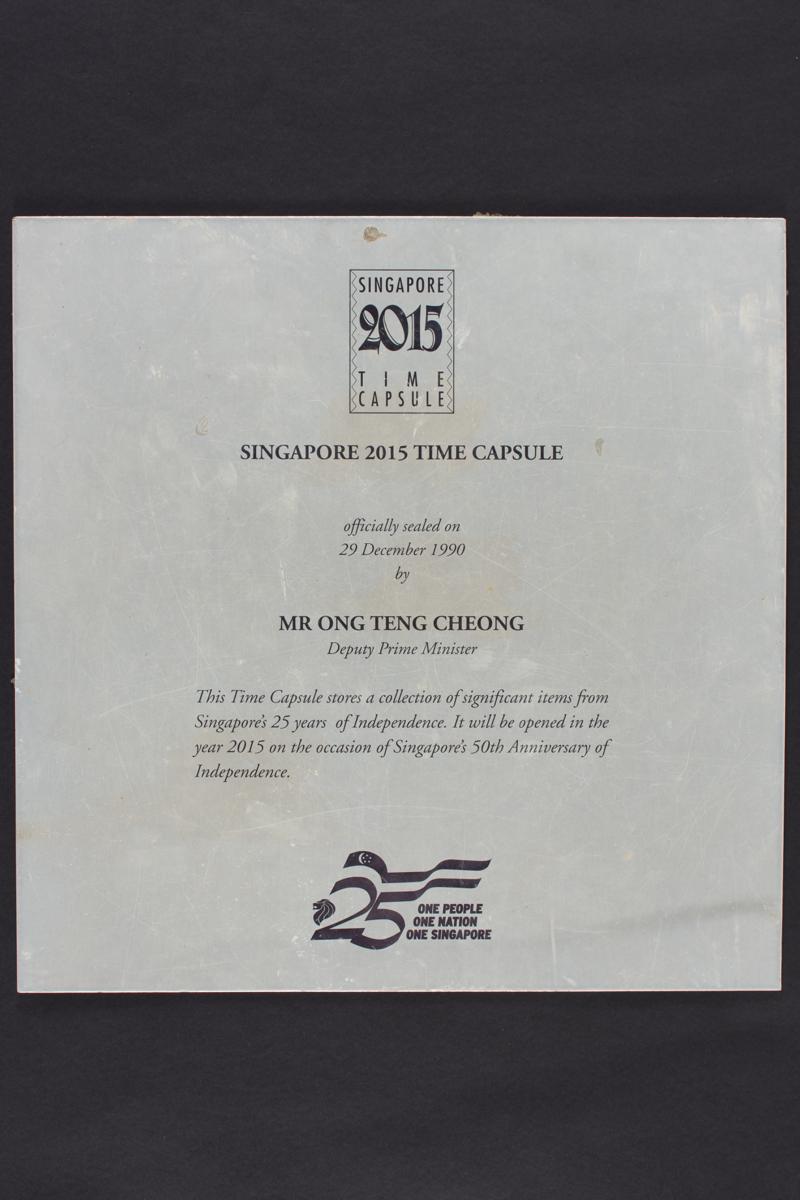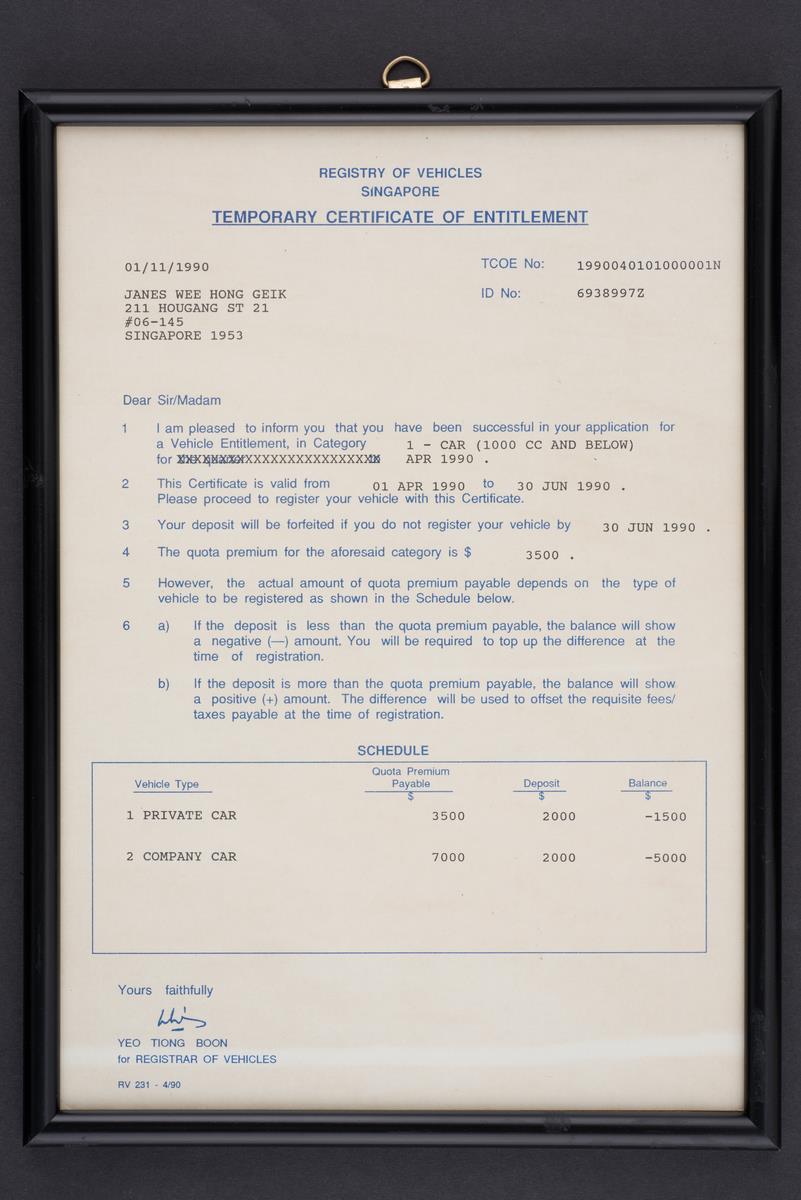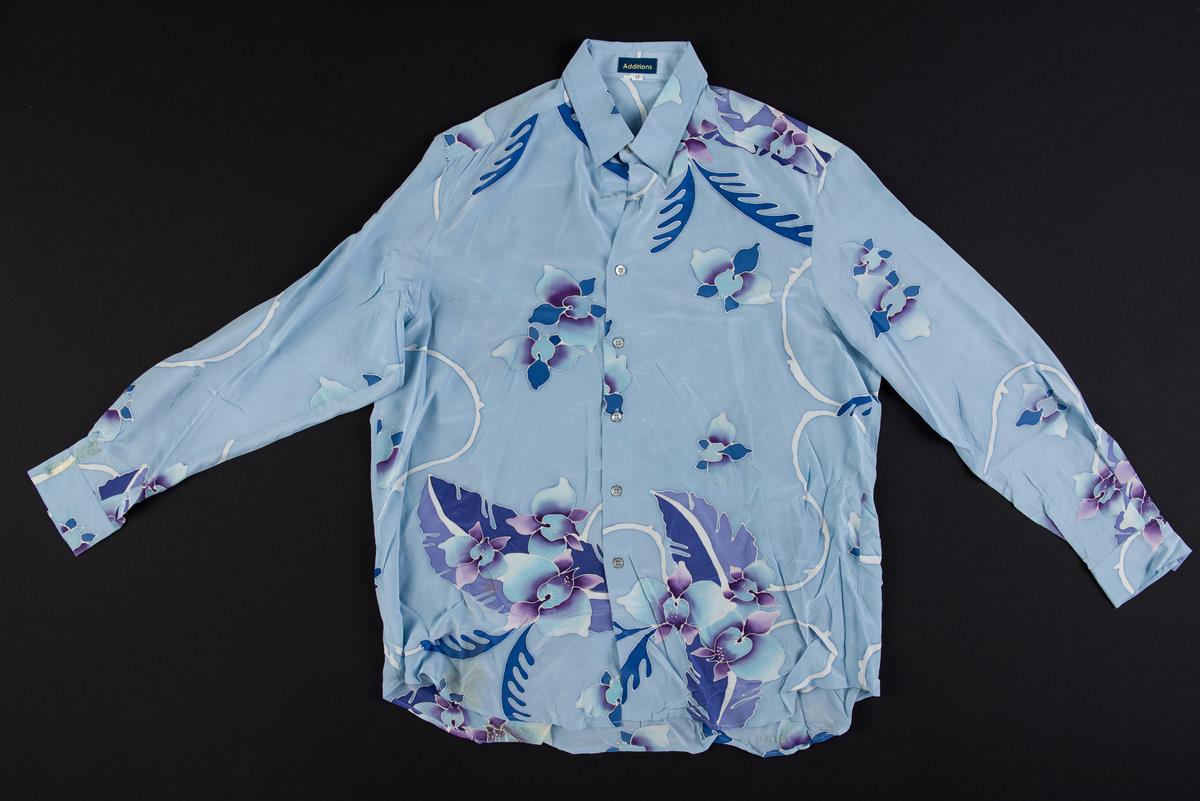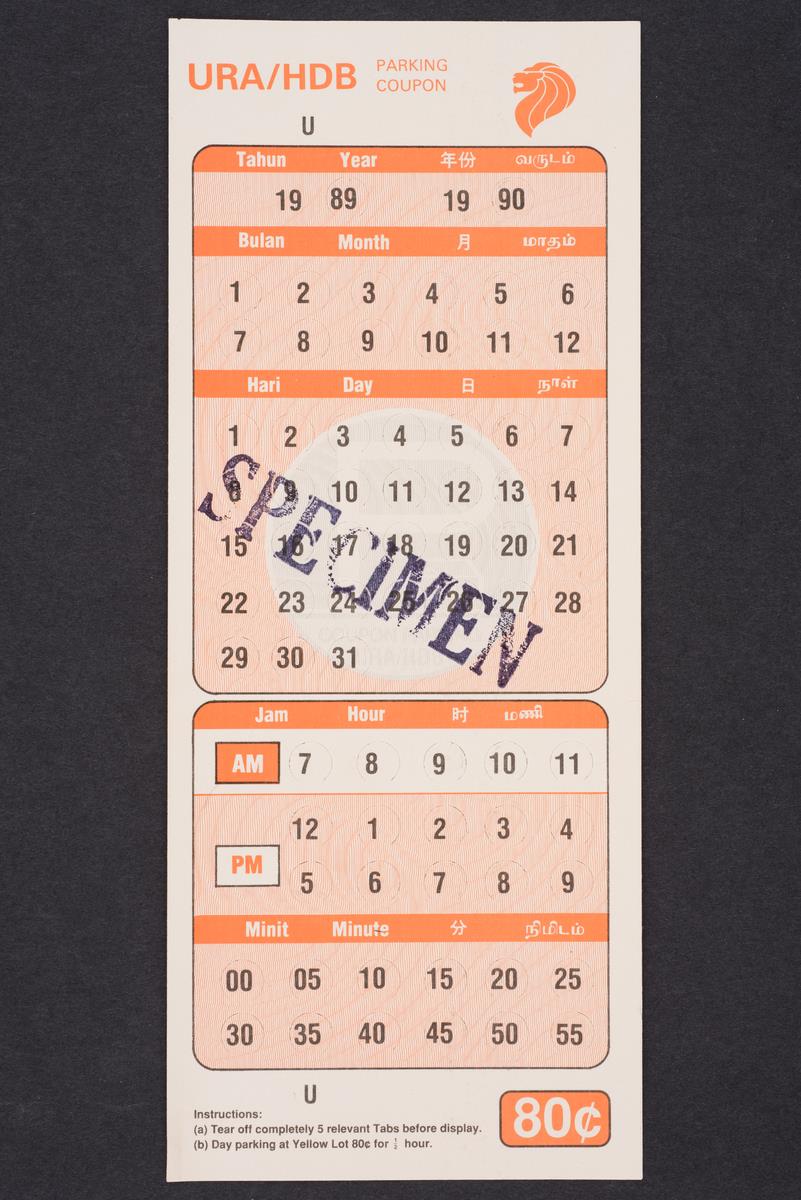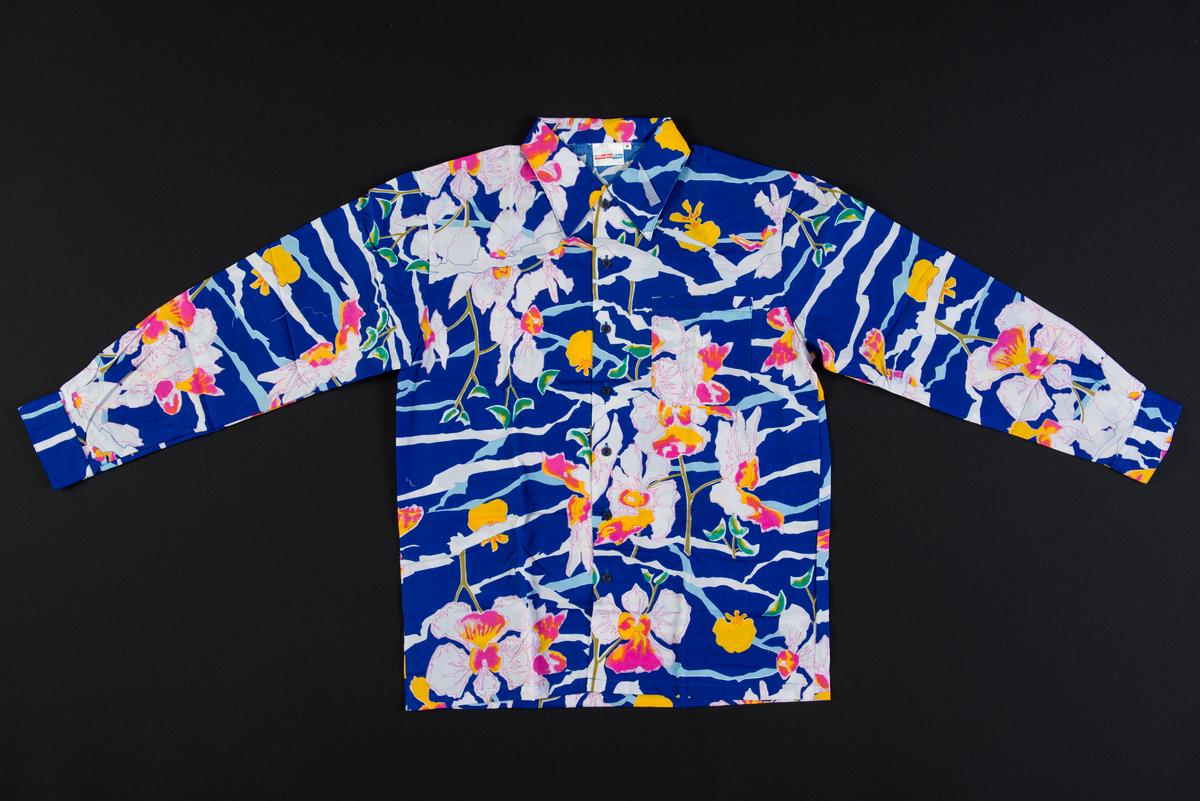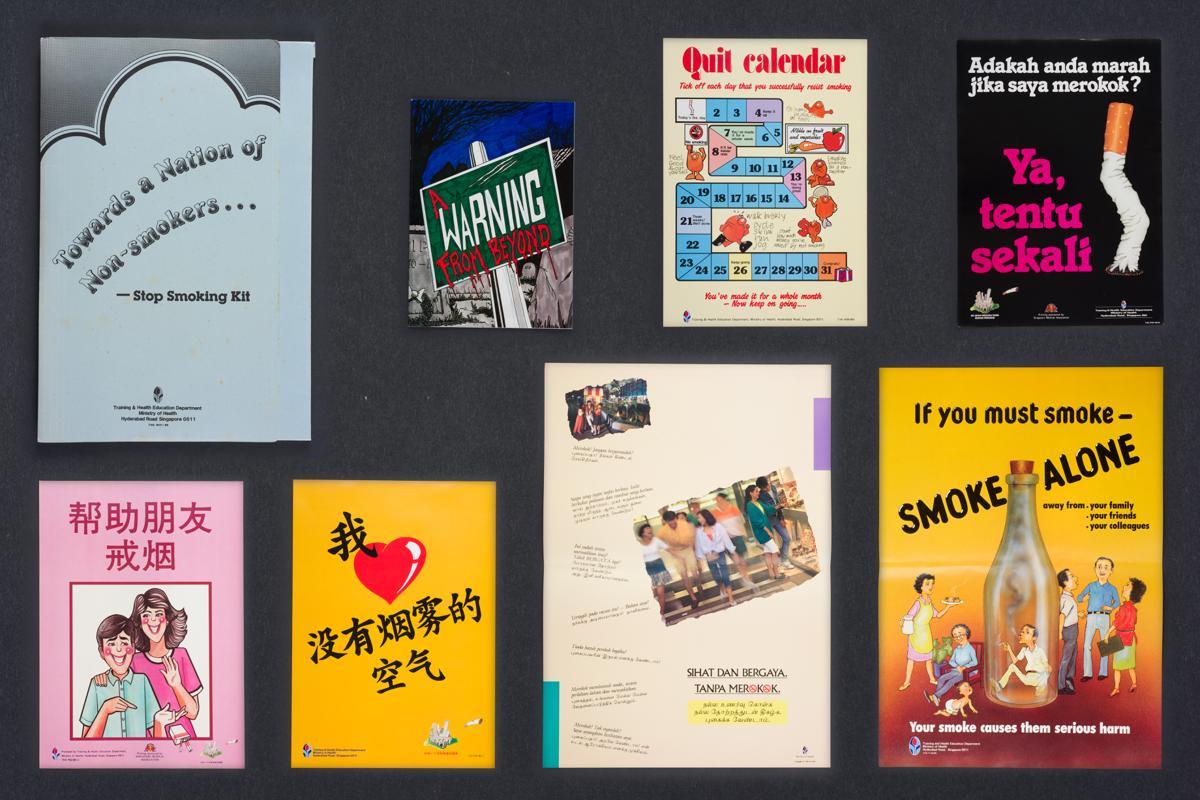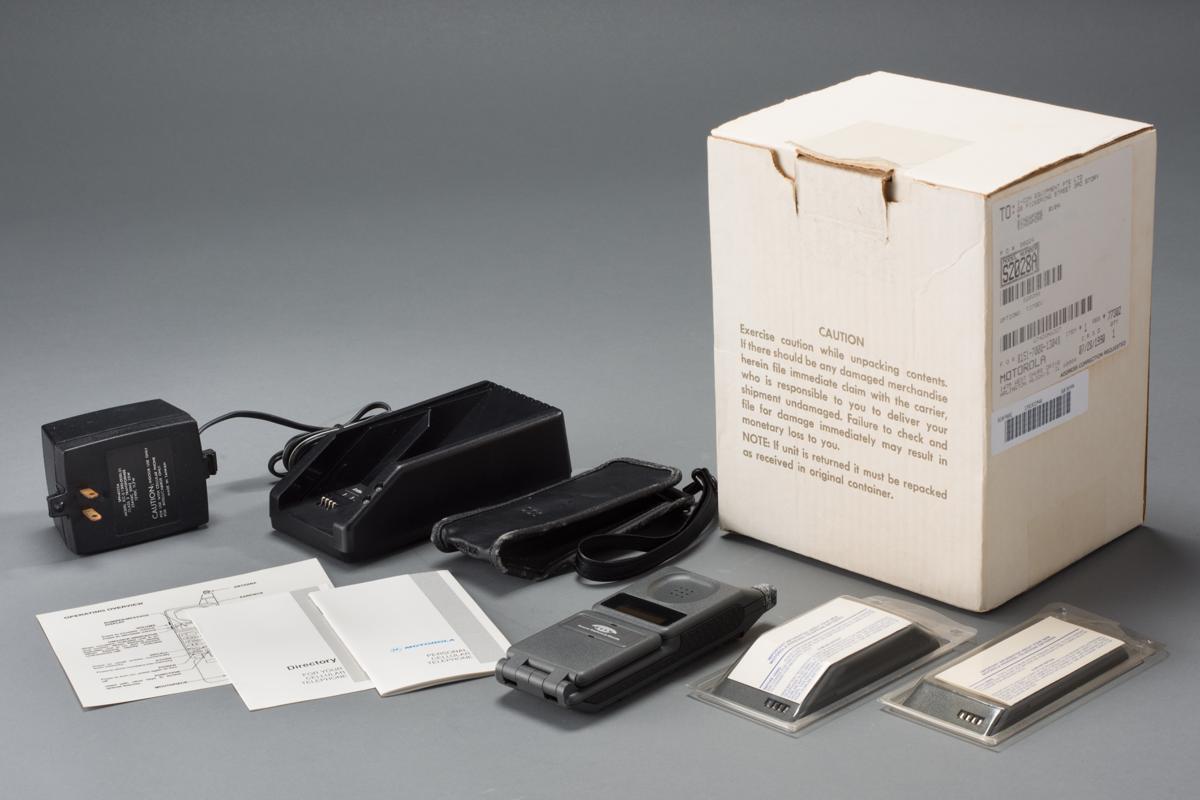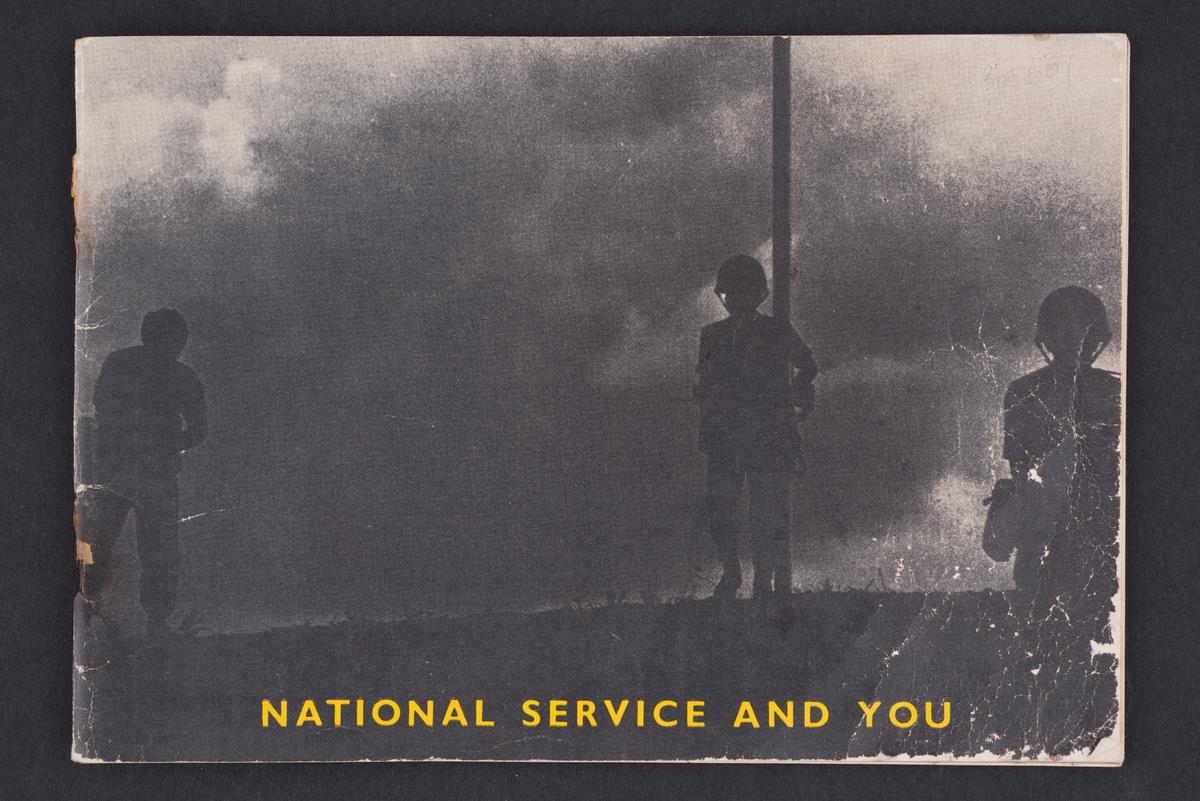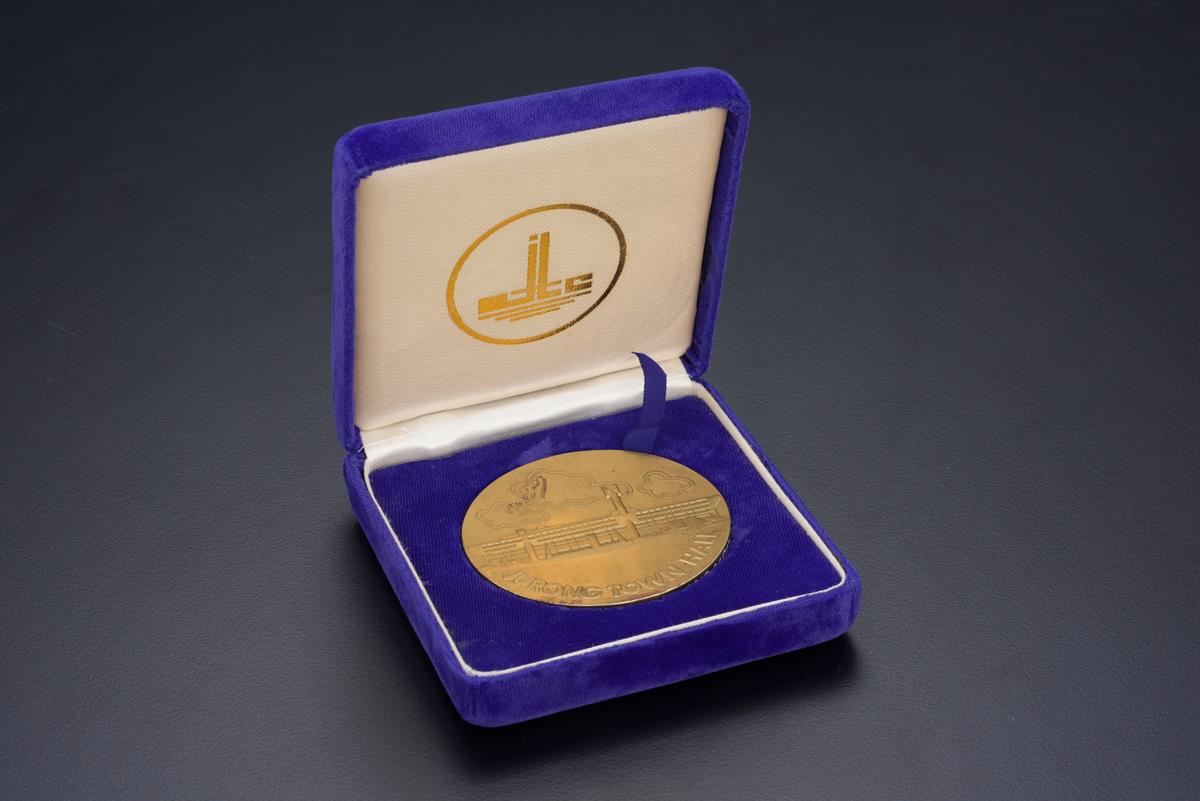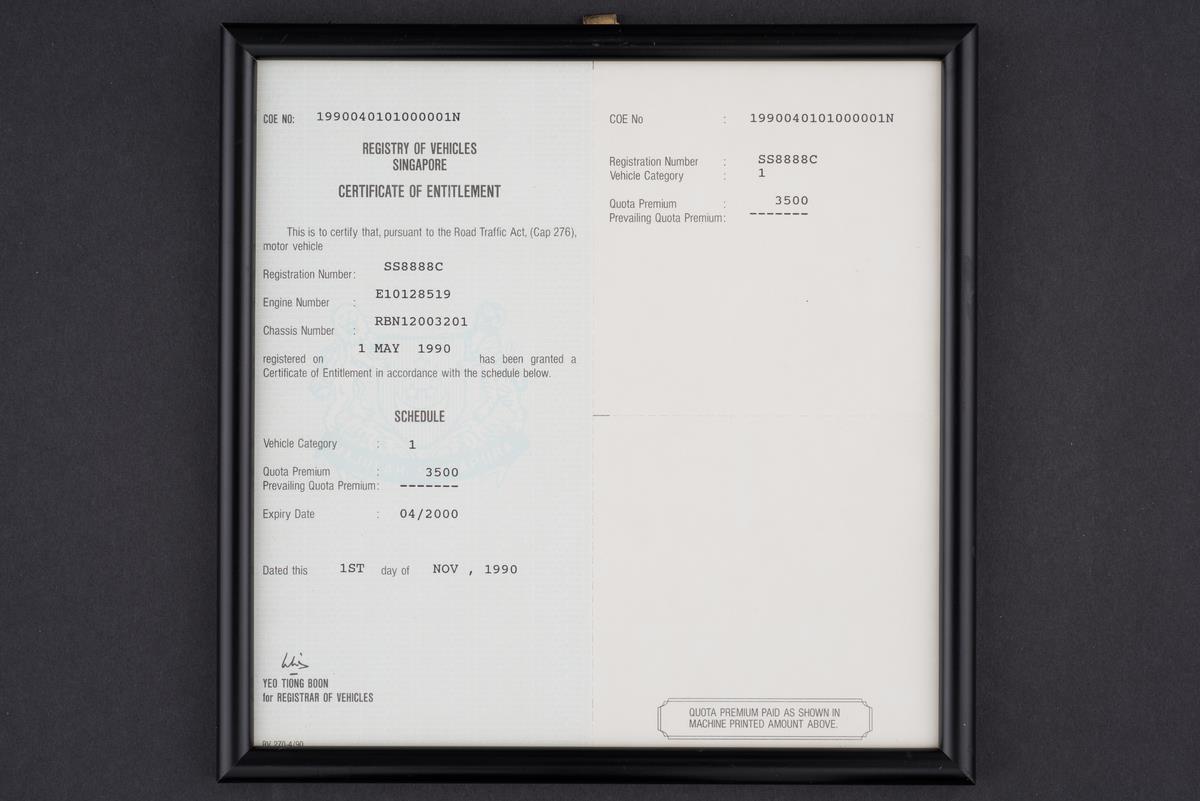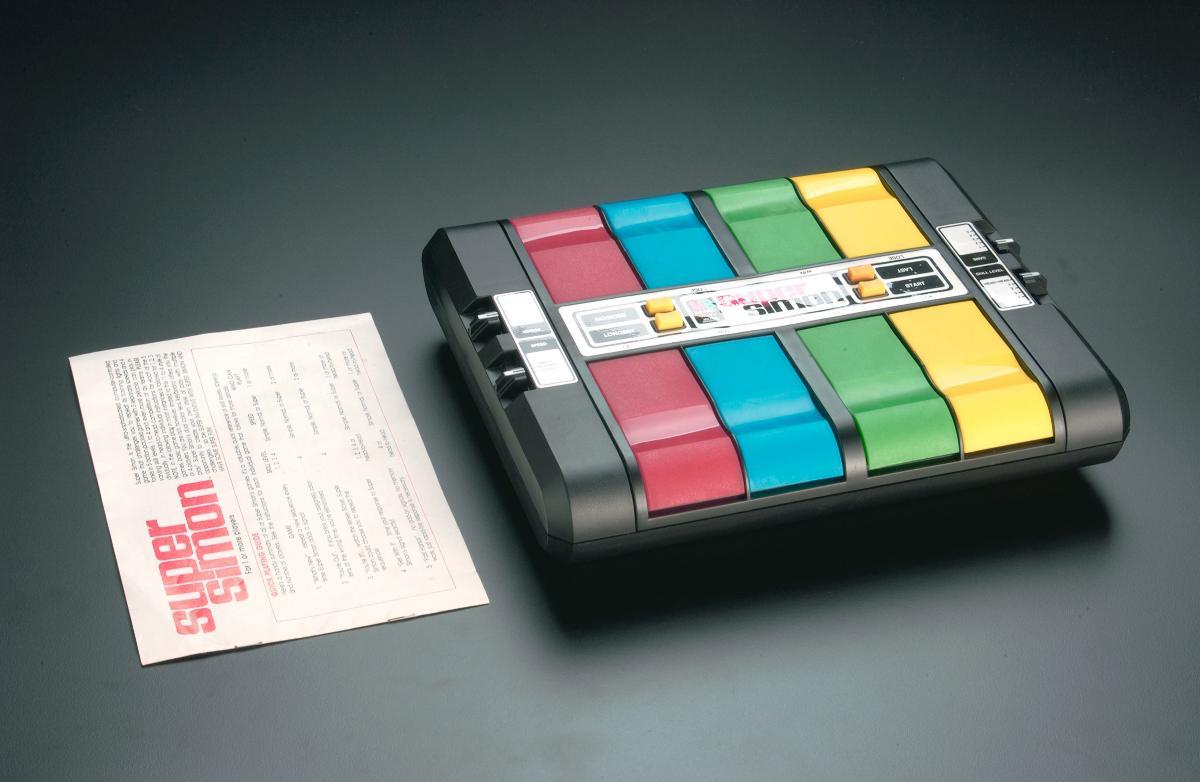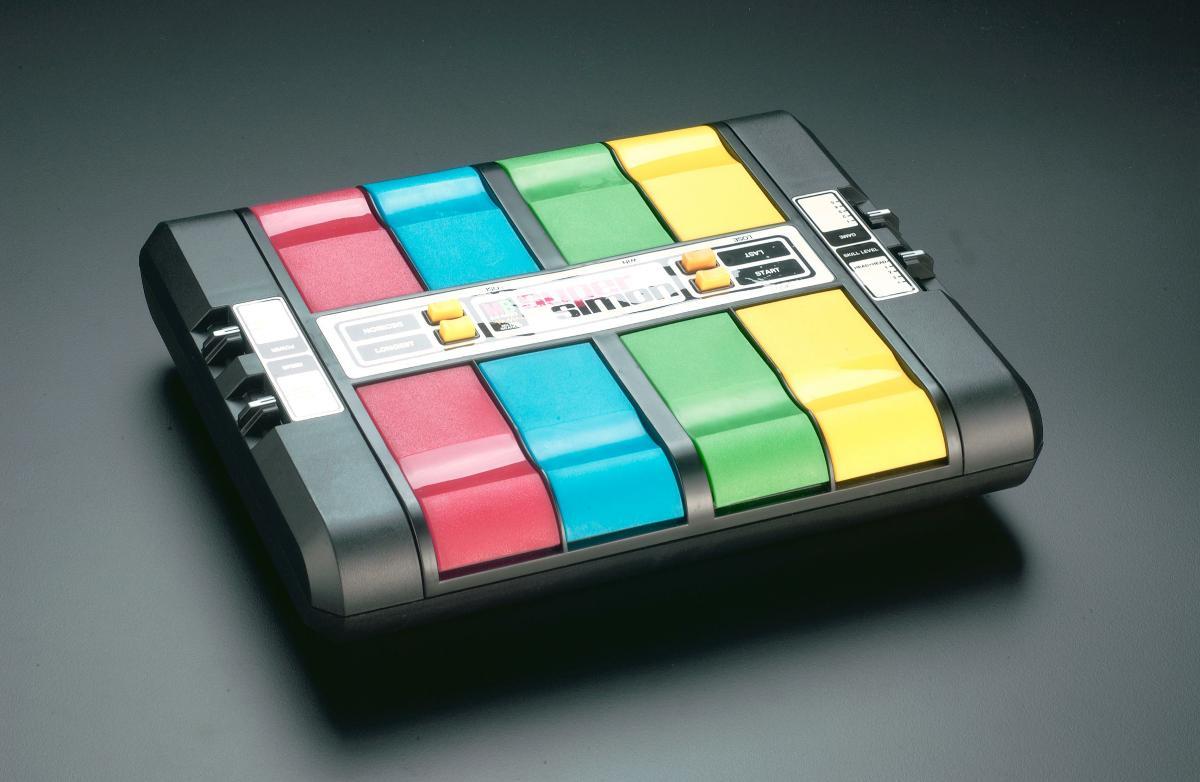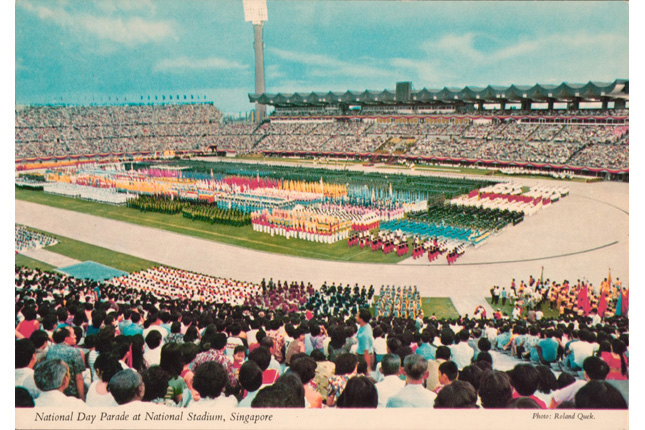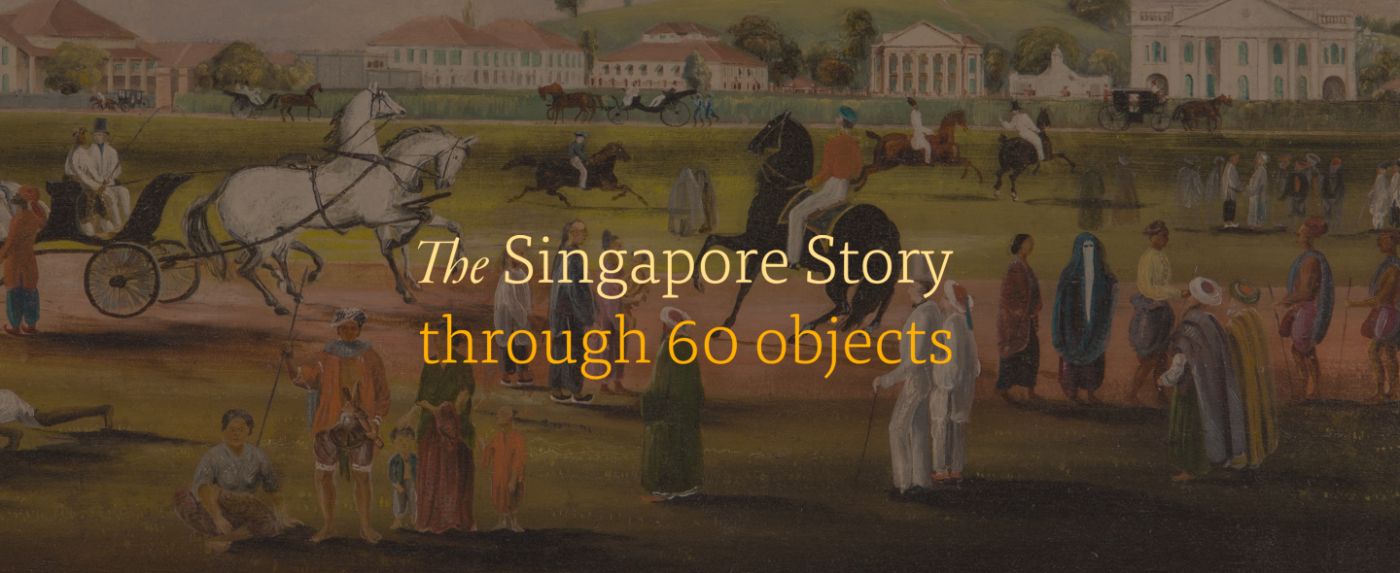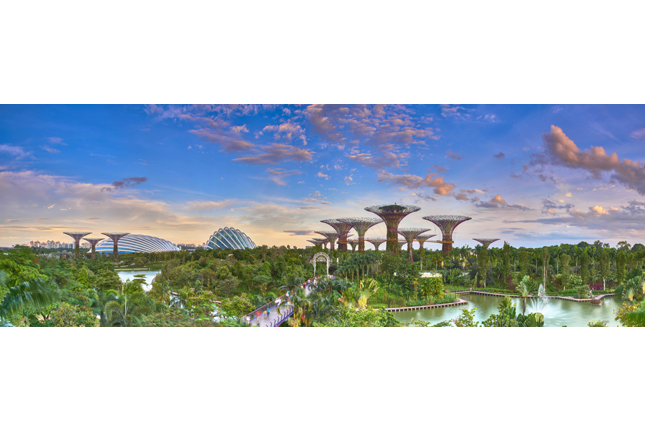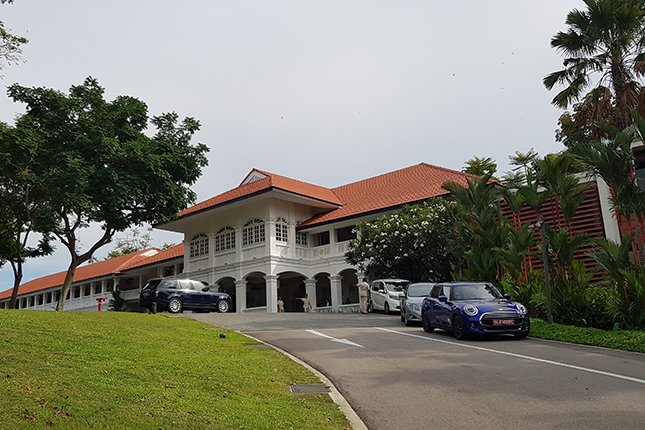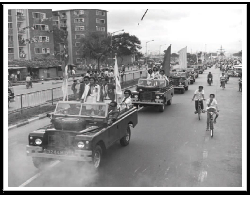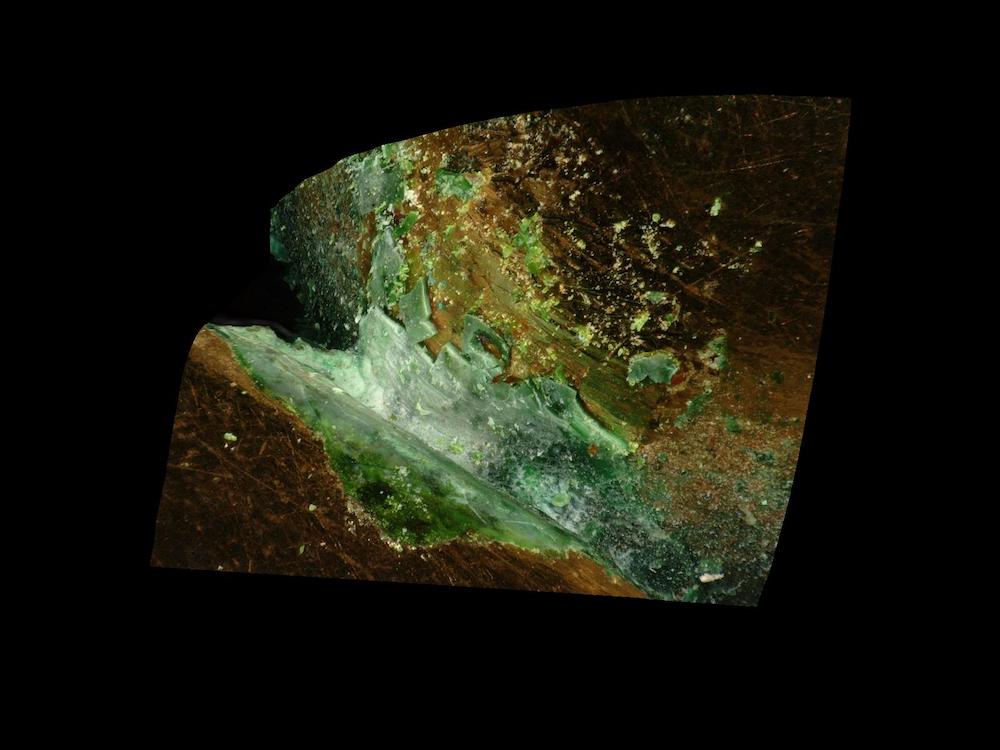Time capsules are like buried treasure chests in which items are preserved for the future. When opened, these time capsules provide us with snapshots of the eras during which they were buried.
Time capsules come in many shapes and sizes, but they all contain items that the people and institutions of Singapore have chosen to represent themselves and their milestones. These items also represent the way that the makers of the time capsules hope to be remembered.
NHB’s Frozen in Time: Time Capsules in Singapore travelling exhibition in 2018 provided an overview of the history of time capsules in Singapore and offer interesting facts about some of these time capsules and their contents.
Watch: Frozen in Time: Time Capsules in Singapore 360 Video
In Singapore, many time capsules have been buried over the past 200 years, often to commemorate important events. These include time capsules buried during the colonial period, after Singapore’s independence and even in recent years.
Singapore’s oldest known time capsule was buried in 1843 and rediscovered by workers involved in the restoration of the Cathedral of the Good Shepherd. The capsule was found under the cathedral's foundation stone in 2016. Its contents reflected the diversity of the communities in Singapore even during the nation’s early years.
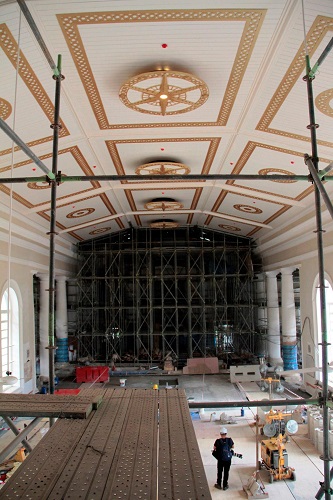
The items from this time capsule are now on display at the cathedral’s heritage gallery. The gallery is open to visitors and also features other items which are of significance to the heritage of Singapore’s Catholic community.
One time capsule from the colonial era provides insights into life in Singapore just before World War II. It was buried on 1 April 1937 under the foundation stone of the former Supreme Court, which is now part of the National Gallery Singapore.
The date on which the time capsule was buried marked the 70th anniversary of the Straits Settlements (now Singapore and parts of Malaysia) as a British Colony separate from India. The former Supreme Court itself was a symbol for justice and the rule of law under the British.
The time capsule is scheduled to be opened only in the year 3000 with the smashing of the foundation stone. This seven-foot stone forms part of the floor in the former Supreme Court building and visitors can still see it at the National Gallery Singapore today.
During the early years of Singapore’s independence, a number of time capsules were launched. These time capsules contained items that symbolised the hopes of the young nation.
The Jurong Town Corporation (JTC) created a time capsule focusing on Singapore’s industrialisation and buried it under the Jurong Town Hall in 1974. JTC then used the Jurong Town Hall as its headquarters until 2000.
Similarly, the Science Centre Singapore created a time capsule and buried it in 1973 to track Singapore’s progress over ten years. Among the 112 items inside the capsule were a black and white television, a camera and even samples of pig feed.
This capsule was opened and sealed again with more items in 1983, 2001 and 2013. The latest capsule is displayed in the Science Centre Singapore’s Kinetic Garden and will be opened in 2027 on the centre’s 50th anniversary.
National anniversaries are times of celebration and time capsules have often been part of the celebratory activities. Time capsules serve as milestones marking the nation’s progress, and are often buried or opened during these anniversaries.
25 Years of Nation-Building Time Capsule
In 1984, Singapore celebrated its 25th year of self-government. As part of the celebrations, a national exhibition was organised and visitors voted on 25 (out of 40) items that would go into a time capsule. This capsule was then buried in front of the Singapore History Museum (now the National Museum of Singapore).
The 25 Years of Nation-Building Time Capsule contained the following items:

Singapore 2015 Time Capsule
In 1990, another time capsule was buried in the front lawn of Empress Place to mark Singapore’s 25th year of independence. This capsule contained 88 items that best symbolised Singapore’s achievements.
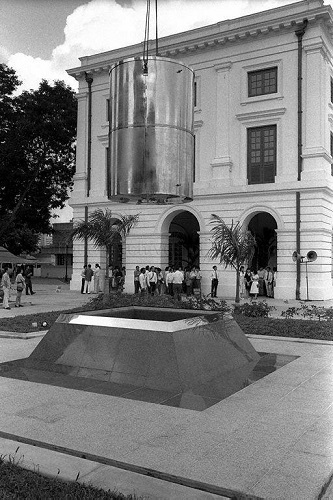
This time capsule contained the following items:
Click here for the rest of the items.
More recently, during Singapore’s Golden Jubilee in 2015, or SG50, many organisations and institutions created their own time capsules. These contained items which were symbolic of Singapore’s history at that point in time, reflective of the Singaporean identity as well as representative of the people’s hopes for the country’s future.
The official SG50 time capsule can be seen at: www.sg/SG50/timecapsule
Post-SG50, time capsules continue to capture the public’s imagination and they are likely to endure as a popular means of commemorating important events and milestones in the present, for the future.




